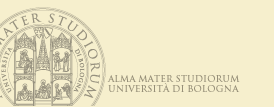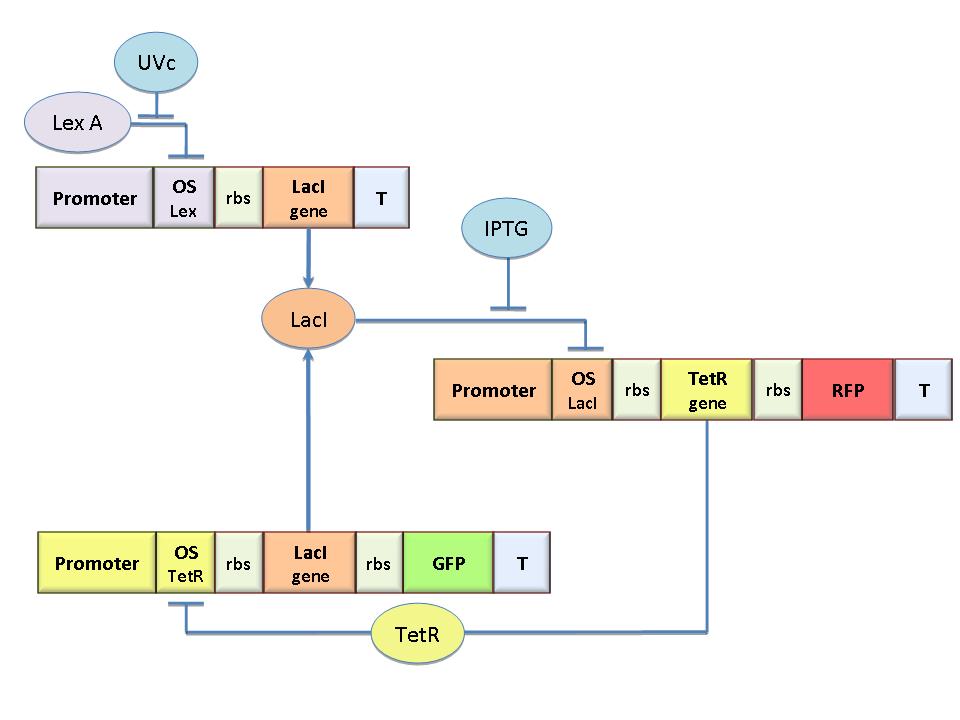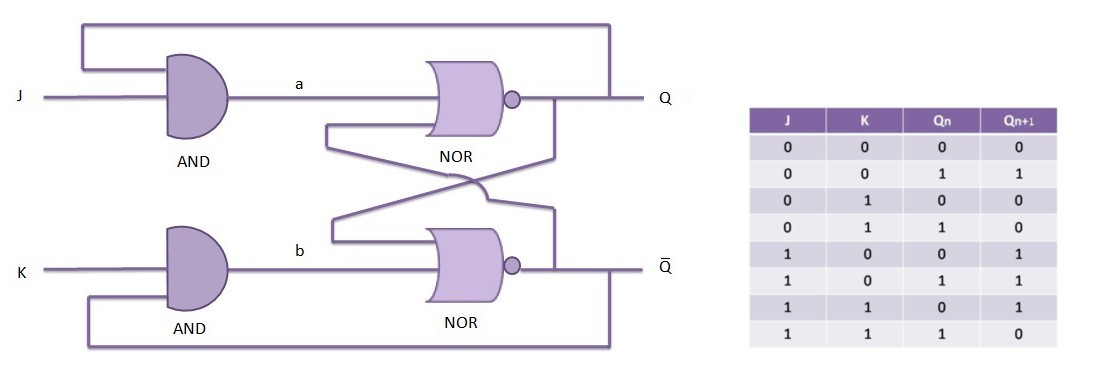Team:Bologna/Project
From 2008.igem.org
| HOME | TEAM | PROJECT | MODELING | WET-LAB | SOFTWARE | SUBMITTED PARTS | BIOSAFETY AND PROTOCOLS |
|---|
Contents |
Ecoli.PROM: an Erasable and Programmable Genetic Memory in E. coli
The specific goal of our project was to design a bacterial reprogrammable memory, i.e. colonies of genetically engineered E. coli immobilized in solid medium where they work as an array of binary memory cells.
To engineer the bacteria we designed a modular genetic Flip-Flop composed of two parts (Figure 1): a binary memory block (toggle switch) and an induction block sensitive to UV radiation to set ON the memory. UV has been chosen to have a fine spatial selectivity in programming the memory cells, whereas IPTG should be used to reset the entire memory. The fine tuning of the circuit elements was achieved by a model-based analisys.
The core elements of the genetic memory are two mutually regulated promoters, each designed as indipendent operator sites flanking a constitutive promoter. In this way, the promoter transcriptional strength and the repressor binding affinity can be independently fixed. To this aim we designed operator libraries for LacI, TetR, Lambda and LexA repressor cloning them in the BioBrick format for their standard assembly. This will allow the rational design of regulated promoter elements that are still lacking in the Registry.
This approach has been applied in the building of our UV-programmable memory, and we expect it to be a general benefit in a larger number of applications in Synthetic Biology.
Operator site library standardization
Even tough transcriptional regulation still plays a central role in synthetic biology, a modular assembly of regulated promoters and characterization of their properties has not been formalized, yet. Even in the Registry, each promoter, however complex, is treated as a “standalone” monolithic element. At present state, the choice of a regulated promoter implies a prefixed sigmoid regulation curve. The only option is to choose a discretional scaling factor in the transfer of the transcription function to the protein through an appropriate RBS. Moreover, the choice of one specific transcription factor limits the choice to one or few possible promoter. The assembly of regulated promoters as the combination of such modular parts, as transcription factor binding sites and operators, could permit the rapid design of devices with desired regulation curve. In fact, in this way, promoter transcriptional strength and repressor binding affinity could be independently fixed.
A first step in the direction of promoting elements rationalization has been done the past year with the inclusion in the Registry of a family of Constitutive promoters (Thanks to John Anderson). Each element differ from the others members in the family just for few base pairs in -35 and -10 regions keeping constant the rest of the sequence and give rise to a different level of transcription spanning a quite wide range:
Variant RFP (au)
J23112 1 J23103 17 J23113 21 J23109 106 J23117 162 J23114 256 J23115 387 J23116 396 J23105 623 J23110 844 J23107 908 J23106 1185 J23108 1303 J23118 1429 J23111 1487 J23101 1791 J23104 1831 J23102 2179 J23100 2547
We decided to use this valuable work as a platform, a starting point for a deeper and far more general design strategy.
To pursue this aim, we designed an operator sequence library for four commonly used repressor proteins: LacI, TetR, cI and LexA. For each of these repressors, we got three sequences (see Table 1) from the literature (5, 6, 7, 8, 9) with different repressor binding affinities, to get a fine modulation of promoter sensitivity to repressor. Thus, we isolate each single operator from the library to assemble it into standard plasmids from the Registry of standard parts. Finally, we designed a synthetic circuit that could allow the characterization of the operator- repressor binding affinity effect on promoter activation.
small but growing operator library, choosing, to start with, the LacI, cI, LexA and TetR operators. For each of them we got three different sequences from the literature (ref. Decidere quanto dettagliare) with different repressor binding affinity.
Flip-Flop logic circuit
Collaboration with other iGEM Teams 2008
- After the last year competition, at the beginning of the 2008, we decided to get a new team started for iGEM2008 competition. In April, we got in contact with Prof. Paolo Magni, who wanted to start a new team in Pavia for iGEM2008. So, in order to share experiences and ideas about iGEM, and to show him what kind of wet lab resources are necessary to develop a Synthetic Biology project, we met at the Cellular and Molecular Engineering Laboratory of the University of Bologna- Cesena Campus. After this first meeting, there have been other chances to meet during the summer. In particular, several conference calls were organized and two meetings were scheduled in Pisa and Bressanone (Italy). It was fundamental to compare lab protocols and techniques to help each other avoiding mistakes and speeding up project progress. The main topics of our discussion were the optimization of plasmid resuspension and ligation reaction steps as well as how to measure fluorescence. Finally, before DNA Repository quality control publication on the Registry web site, we cross-checked some parts that showed problems after DNA transformation. Problems had been confirmed by quality control results (parts' sequences classified as "inconsistent").
- We want even to mention the courtesy of the Valencia iGEM Team, that have advised us about the critical use of GFP and RFP at the same time.
Project Details
In this paragraph you can find some information about main project topics.
Results
Concluding the iGEM 2007 Project
In the iGEM 2007 we used the LacY gene (BBa_J2210) to design the genetic Schmitt Trigger. Since this part was not working well, we sent it to be sequenced and found that it contained a 35 bp insertion upstream the endogenous LacY gene sequence. This insertion probably caused a frame- shift in protein translation, making the gene ineffective. So, we amplified the right gene sequence and put it in the BioBrick format. Successive sequencing confirmed the right assembling of this part. We also measured IPTG-induced fluorescence in the genetic Schmitt Trigger (see Figure) and we assessed the correct function of the new LacY part. To contribute to registry’s improvement we decided to send this new part to the Registry (K0790015).

 "
"



